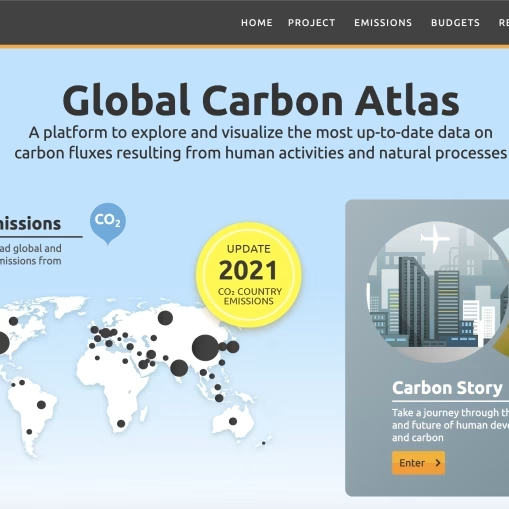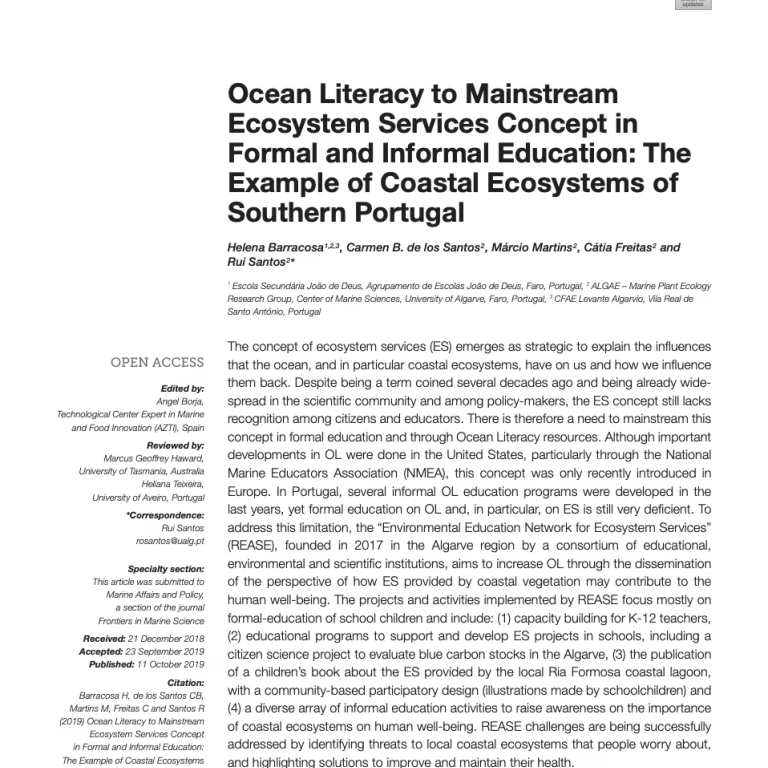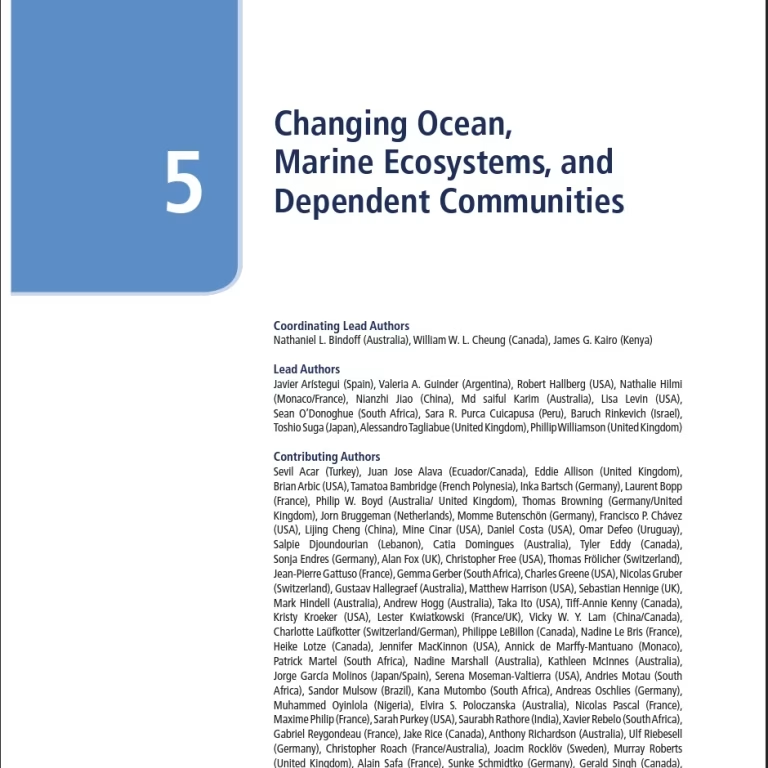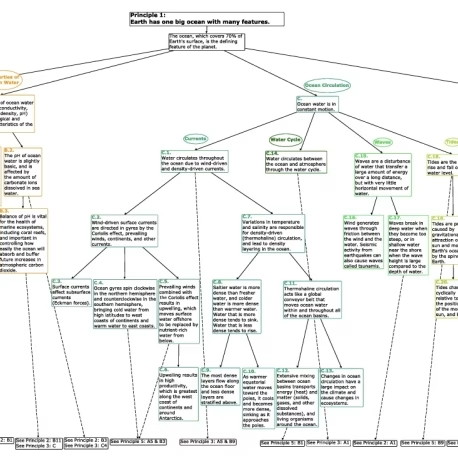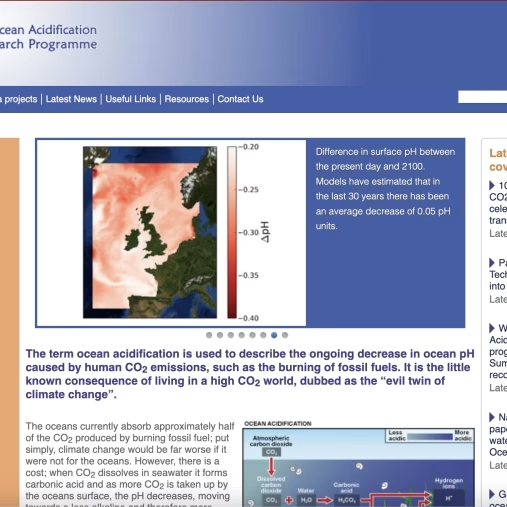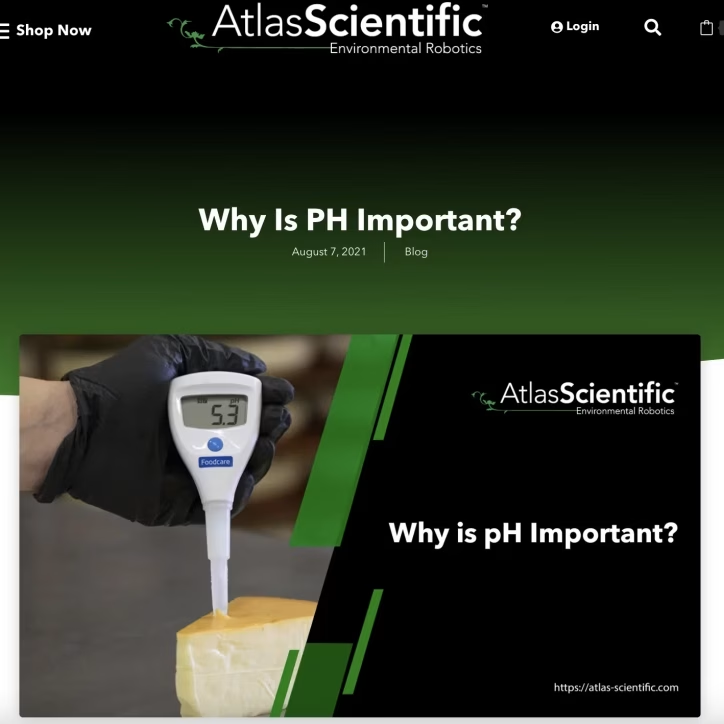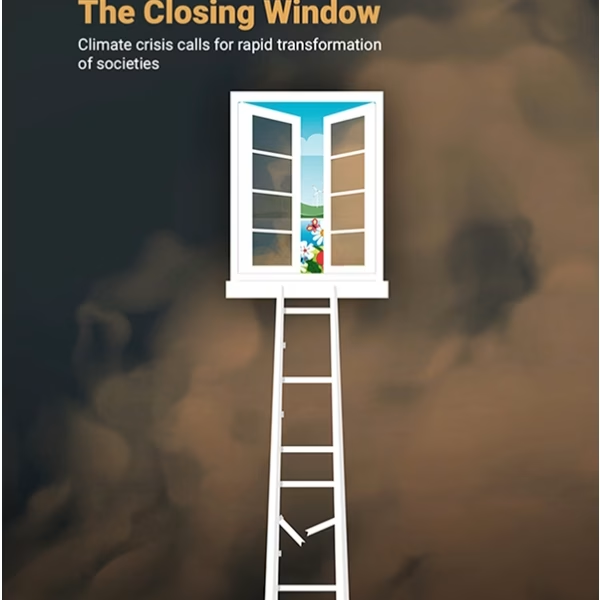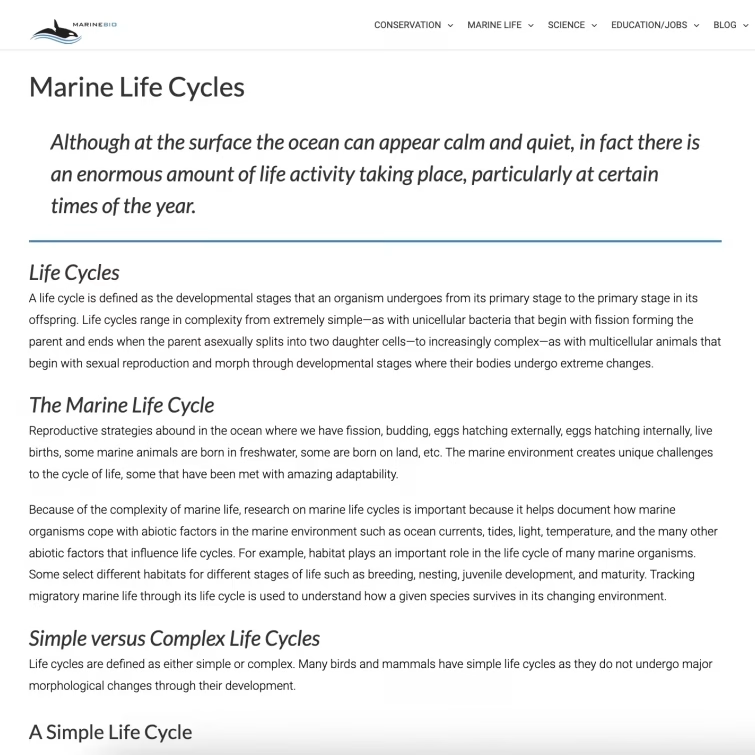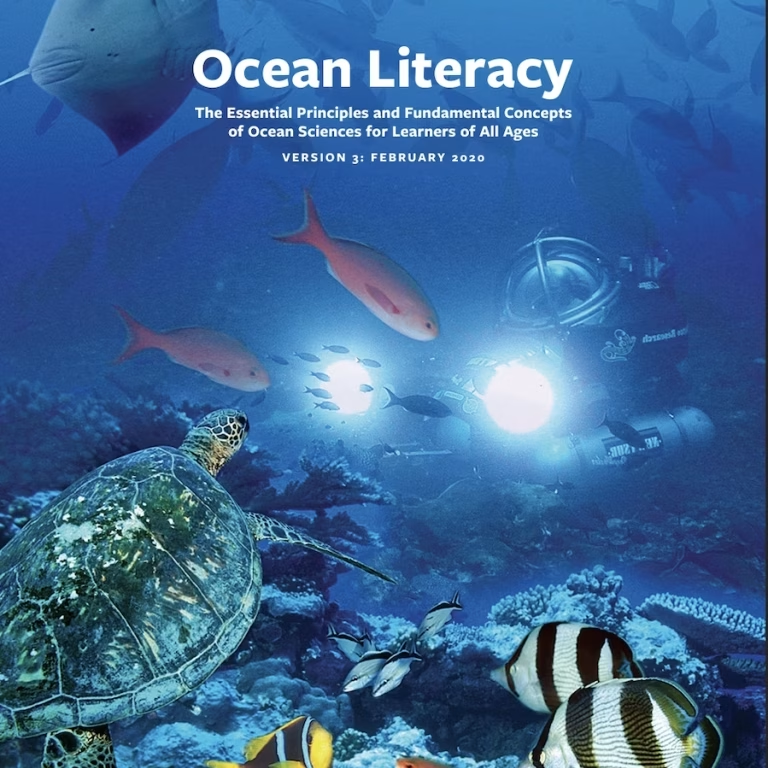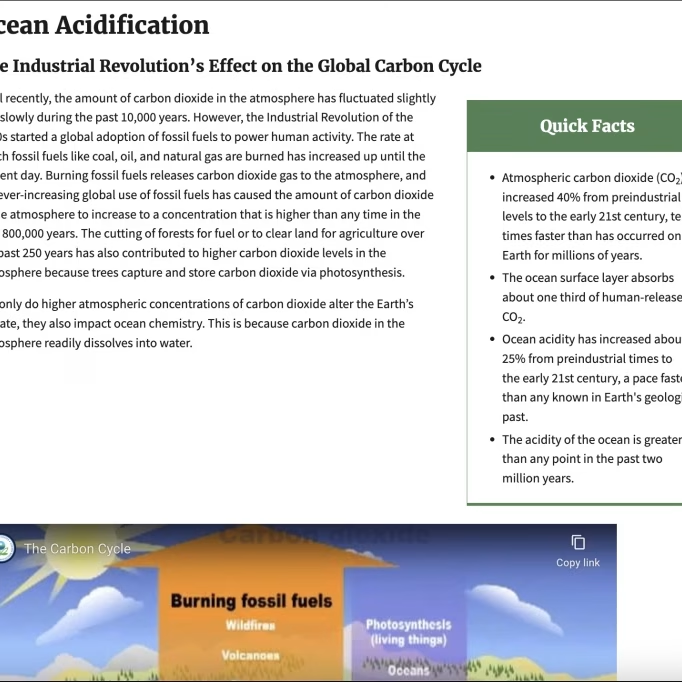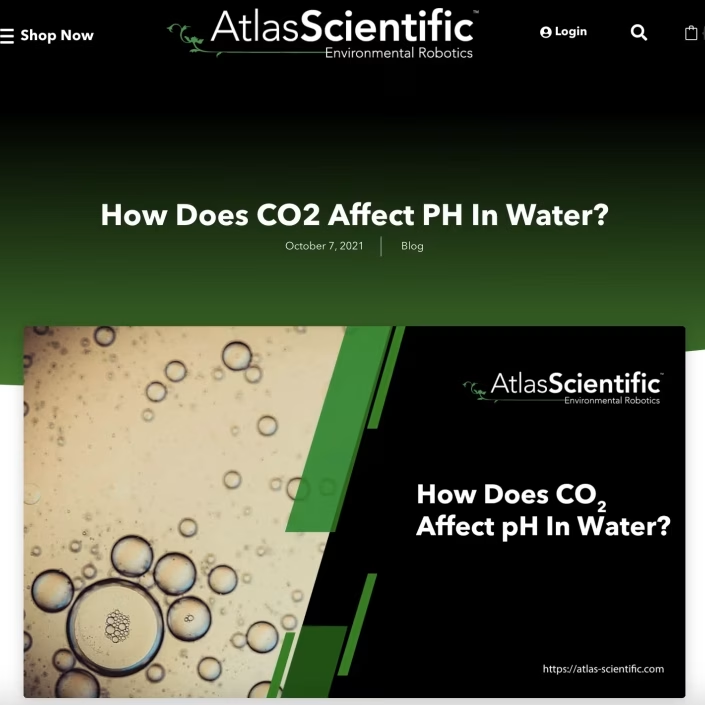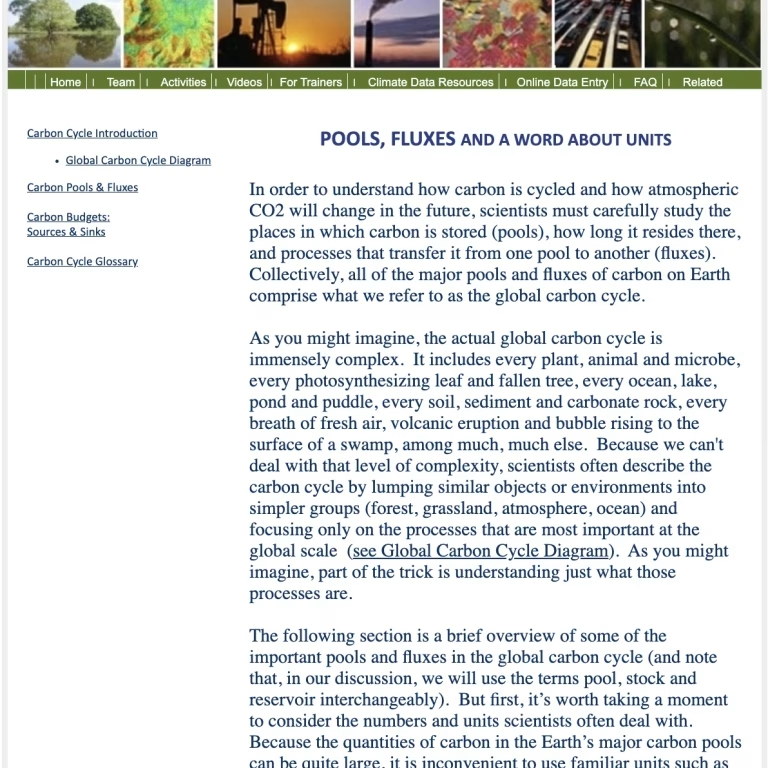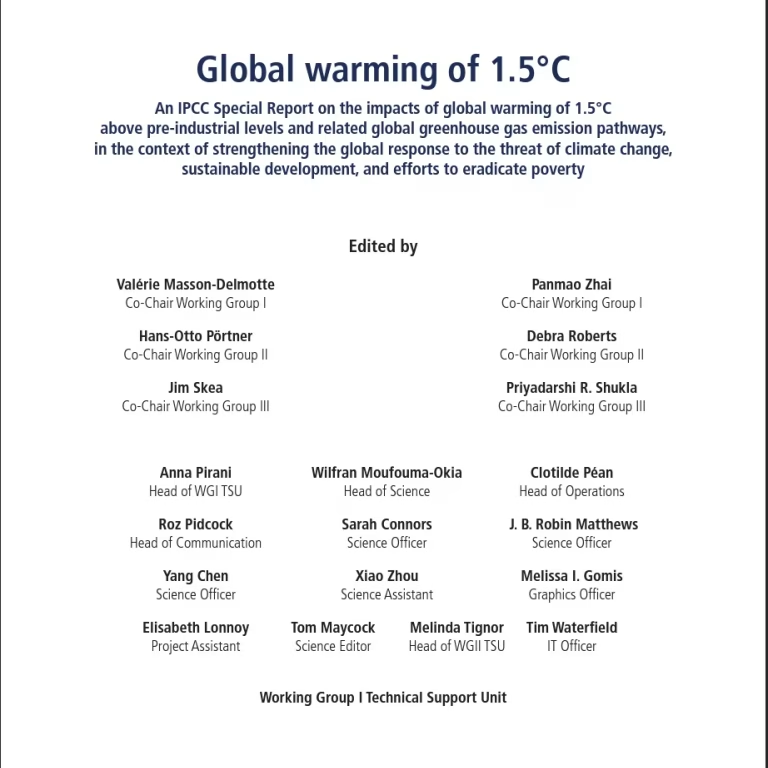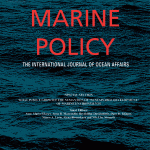Resource Library
- All
- Further Reading
- Infographic
- Map
- Online Article
- Online Exercise
- Photo
- Report
- Scientific Article
- Story Map
- Teaching Material
- Tools
- Video
- Website
Global Carbon Atlas
An online interactive tool to explore and visualize the most up-to-date data on carbon fluxes resulting from human activities and natural processes
Ocean Literacy to Mainstream Ecosystem Services Concept in Formal and Informal Education: The Example of Coastal Ecosystems of Southern Portugal
The concept of ecosystem services (ES) emerges as strategic to explain the influences that the ocean, and in particular coastal ecosystems, have on us and how we influence them back. Despite being a term coined several decades ago and being already wide-spread in the scientific community and among policy-makers, the ES concept still lacks recognition…
IPCC Special Report on the Ocean and Cryosphere in a Changing Climate. Chapter 5: Changing Ocean, Marine Ecosystems, and Dependent Communities (Executive summary)
This Special Report on the Ocean and Cryosphere in a Changing Climate (SROCC) was prepared following an IPCC Panel decision in 2016 to prepare three Special Reports during the Sixth Assessment Cycle. This executive summary of Chapter 5 (Changing Ocean, Marine Ecosystems, and Dependent Communities) outlines the climate-related trends, impacts, adaptation mechanisms impacting the ocean.
Seven Principles of Ocean Literacy
This infographic series represents a conceptual flow diagram for each of the seven Ocean Literacy Essential Principles – 1) The Earth has one big ocean with many features, 2) The ocean and life in the ocean shape the features of Earth, 3) The ocean is a major influence on weather and climate, 4) The ocean…
Show your Stripes
This resource allows you to see the “stripes” of global warming in the planet or in your country.
How Much Carbon was in the Atmosphere When you Were Born?
This resource allows you to see how the CO2 concentration has changed in the atmosphere since you were born.
What is Ocean Acidification?
The term ocean acidification is used to describe the ongoing decrease in ocean pH caused by human CO2 emissions, such as the burning of fossil fuels. It is the little known consequence of living in a high CO2 world, dubbed as the “evil twin of climate change”.
Why is pH Important?
pH is important for a wide range of industries from aquaculture to wastewater treatments that require an accurate pH reading, especially when it comes down to human safety.
pH of Water
pH stands for the “power of hydrogen”. pH is critical for aquatic organisms because if the pH of water is too high or too low, these organisms living within it will die
Emissions Gap Report 2022
As growing climate change impacts are experienced across the globe, the message that greenhouse gas emissions must fall is unambiguous. Yet the Emissions Gap Report (EGR) 2022: The Closing Window – Climate crisis calls for rapid transformation of societies finds that the international community is falling far short of the Paris goals, with no credible…
2020 Was One of Three Warmest Years on Record
The year 2020 was one of the three warmest on record, and rivalled 2016 for the top spot, according to a consolidation of five leading international datasets by the World Meteorological Organization (WMO). A naturally occurring cooling climate phenomenon, La Niña, put a brake on the heat only at the very end of the year.
Marine Life Cycles
Although at the surface the ocean can appear calm and quiet, in fact there is an enormous amount of life activity taking place, particularly at certain times of the year.
The Ocean Literacy Guide
The Ocean Literacy Guide describes the 7 most important ideas, or Essential Principles, about the ocean that all people of our water planet should have the opportunity to learn and understand.
Understanding the Science of Ocean and Coastal Acidification
Until recently, the amount of carbon dioxide in the atmosphere has fluctuated slightly and slowly during the past 10,000 years. However, the acidity of the ocean is greater than any point in the past two million years.
How Does CO2 Affect pH In Water?
The amount of carbon dioxide (CO2) in a solution is one of the many factors that determines the pH of water. When CO2 levels increase in water, the pH level drops, which makes the water become more acidic.
Carbon Pools and Fluxes
In order to understand how carbon is cycled and how atmospheric CO2 will change in the future, scientists must carefully study the places in which carbon is stored (pools), how long it resides there, and processes that transfer it from one pool to another (fluxes). Collectively, all of the major pools and fluxes of carbon…
Global Warming of 1.5°C
An IPCC Special Report on the impacts of global warming of 1.5°C above pre-industrial levels and related global greenhouse gas emission pathways, in the context of strengthening the global response to the threat of climate change, sustainable development, and efforts to eradicate poverty
What are El Niño and La Niña?
El Niño and La Niña are climate patterns in the Pacific Ocean that can affect weather worldwide and can also have global impacts on weather, wildfires, ecosystems, and economies.
Bibliometric analysis of ocean literacy
Since the term “ocean literacy” (OL) was proposed in 2004 by a group of professionals dedicated to ocean sciences, marine education, and general education policies, its principles have spread worldwide. In order to better understand OL-related research a bibliometric analysis was performed with data from databases obtained from Scopus and Web of Science (WoS).
Measuring progress towards the Sustainable Development Goals
The goal of SDG 14 – Life Below Water is to conserve and sustainably use the oceans, seas and marine resources. The UN has defined 10 Targets and 10 Indicators for SDG 14. Targets specify the goals and Indicators represent the metrics by which the world aims to track whether these Targets are achieved.

